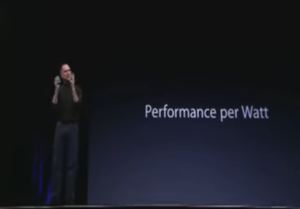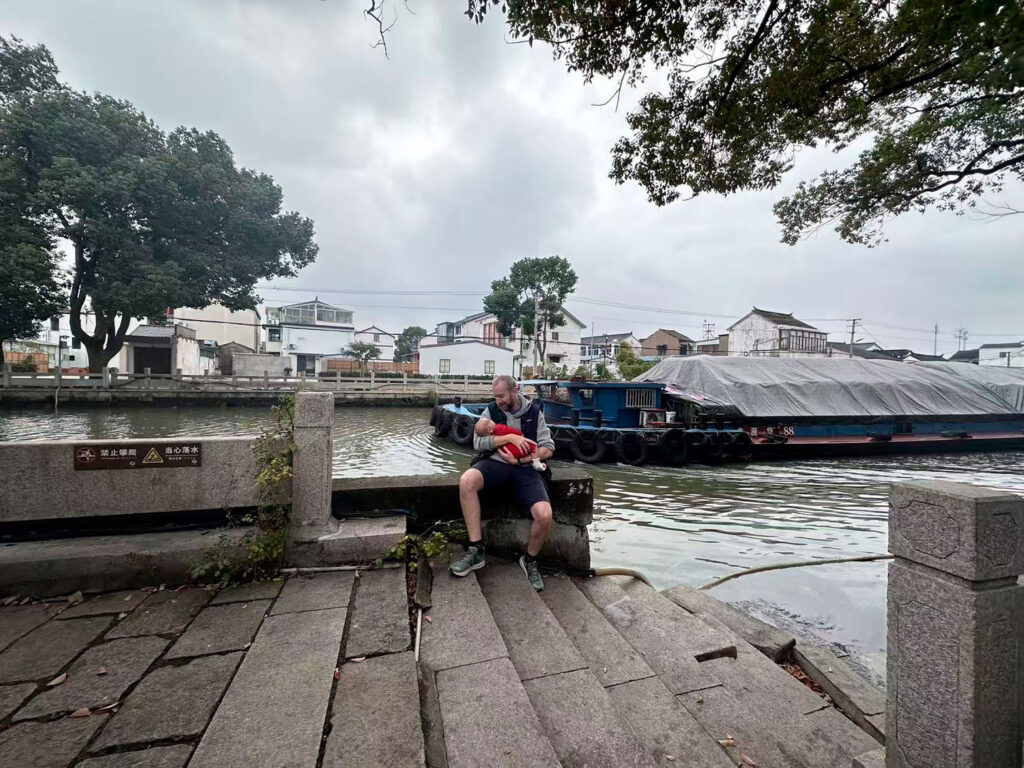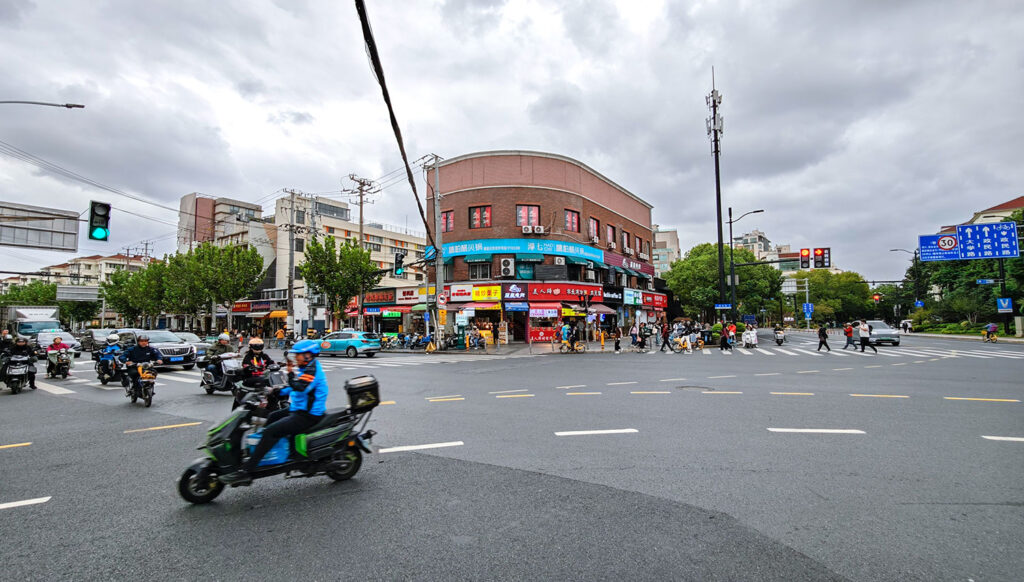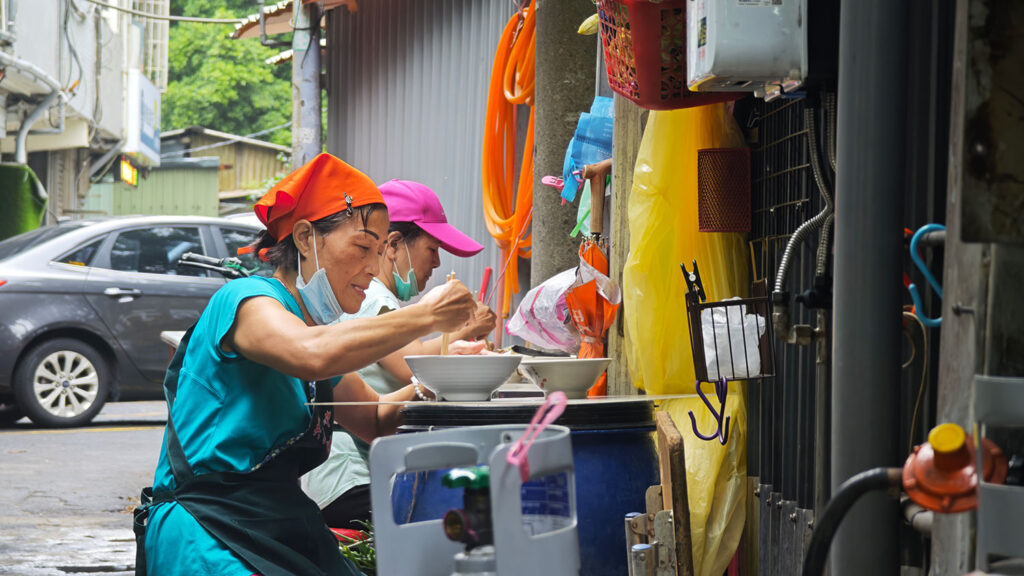The first commercial computer sold in the United States was the UNIVAC in 1951. Supplied with 125 kilowatt, it could do 1,905 operations per second, which translated into 0.015 operations per watt-second. That last metric wasn’t very important for the UNIVAC, since power wasn’t a bottleneck as much as performance or weight was. With 5,000 vacuum tubes, the machine weighed 7250 kilogram.
 But it was important for Apple, 55 years later. The Macbook Pro was introduced in 2006 as the Powerbook G4 replacement — and Steve Jobs was keen to point out they had looked not just for performance, but performance per watt. By then, batteries had matured and became a bottleneck in their capacity and size. Creating bigger or better batteries wasn’t really an option. As such, the way forward was not to increase performance in general, but performance per watt. The G5 processor Apple had developed was more powerful than the G4 processor, but had a lower performance per watt (0.23) than the G4 (0.27). And so Apple looked elsewhere — which is why the Macbook Pro was Apple’s first Intel-based laptop, with a much higher performance per watt (1.05).
But it was important for Apple, 55 years later. The Macbook Pro was introduced in 2006 as the Powerbook G4 replacement — and Steve Jobs was keen to point out they had looked not just for performance, but performance per watt. By then, batteries had matured and became a bottleneck in their capacity and size. Creating bigger or better batteries wasn’t really an option. As such, the way forward was not to increase performance in general, but performance per watt. The G5 processor Apple had developed was more powerful than the G4 processor, but had a lower performance per watt (0.23) than the G4 (0.27). And so Apple looked elsewhere — which is why the Macbook Pro was Apple’s first Intel-based laptop, with a much higher performance per watt (1.05).
It’s an interesting case of a metric consisting of combined metrics. While we look for technological advancement in the sense of bigger, faster, better, we can ask ourselves; is this a priority? What is the cost?
Within the energy industry there’s lots of discussion which energy source is most renewable. The biggest bottleneck right now is CO2, especially emitted CO2 per produced kilowatt hour, taken over the whole lifecycle of an energy source. When you add that up, as Ottmar Edenhofer did, coal energy has a monstrous number of 1000 grams of CO2 per kWh. The arguments for wind, solar and nuclear energy all become clear, as they have numbers below 50 grams of emitted CO2 per produced kWh.
This then is a solid argument for nuclear energy, especially people point out a single plant can power around 20,000 homes, whereas a windturbine can only power around 500. But this isn’t a bottleneck. Money is. According to Lazard, without subsidies, wind energy costs $63 per MWh, while nuclear costs $165 per MWh. If we’re going to reduce greenhouse-gas emissions, wouldn’t it make sense to use the most affordable way? If you reverse the dollar per MWh metric, it becomes kWh per invested dollar: wind produces 16 Wh per invested dollar, while nuclear only produces 6 per invested dollar.
Jennifer Warnick from NBC12 made a similar and fun comparison on battery life, with 11 different brands of AA batteries tested in identical flashlights. The winner was Duracell (5:56 hours) just ahead of Kirkland (5:51). Redditor thecrispiestbacon made this sweet graph, based on that data. But when measured with costs, Duracell costs $0.16 per hour, while Kirkland costing only $0.05.
In advertising there are plenty of debates around which form is most effective, and there is no single answer. TV is typically great (cheap) for reaching large audiences, but bad in getting direct traffic to your website. Paid advertising on Facebook is typically way more effective in building direct website traffic, but less effective in building longterm brand value.
The lesson here is; find the bottleneck and built around that. ‘The biggest’ or ‘most powerful’ is often a vain claim. The real question is; at what cost?



